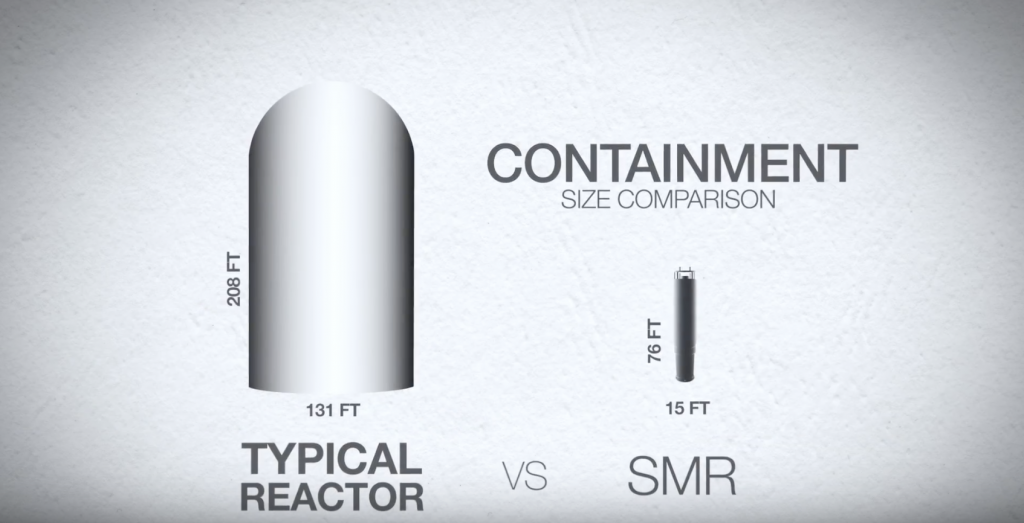
As a member of the Utah Associated Municipal Power Systems (UAMPS), Logan City is now weighing whether to continue its participation in an increasingly expensive nuclear power project.
LOGAN – Members of the Logan City Council voted Tuesday to end the city’s partnership in an increasingly expensive nuclear power project.
As a member of the Utah Associated Municipal Power Systems (UAMPS), Logan City owned a partial interest in a first-of-its-kind nuclear plant proposed to be constructed at the Idaho National Laboratory.
Faced with Sept. 15 deadline to ante up more funding for the risky project, both Mark Montgomery, the city’s light and power director, and Logan Finance Director Richard Anderson recommended that Logan withdraw from the Carbon Free Power Project.
Council members Jess W. Bradfield and Mark A. Anderson were reluctant to make that decision, saying that the innovative project had the potential to produce clean, economical power in the future.
Montgomery told city council members that Logan had invested about $400,000 in the Small Modular Reactor (SMR) project since 2017. If the city had opted to continue its participation in the project into its initial licensing phase through 2023, the price tag would have been another $654,000.
In early August, the Utah Taxpayers Association urged all Utah cities to reconsider their participation in the SMR project due to its potential for out–of-control costs.
UAMPS is a political subdivision of the State of Utah that provides power, transmission and other electrical services on a non-profit basis to member cities in Utah, California, Idaho, Nevada, New Mexico and Wyoming.
Prior to Tuesday’s vote by city council members, Logan and other Utah cities (including Brigham City and Hyrum) were partnered through UAMPS with NuScale, Flour Corporation Worldwide Construction and the U.S. Department of Energy in the Carbon Free Power Project (CFPP).
The goal of that project was to design and construct the next generation of nuclear power plants, a small modular reactor that would provide 720 magawatts of electricity, enough to power 720,000 homes. The CFPP plan calls for the first SMR to come online in 2029, with 11 more to follow.
At their meeting on Aug. 4, Montgomery admitted to city council members that he shares some of the same concerns about the SMR project as the Utah Taxpayers Association.
In the original CFPP proposal, the U.S. Department of Energy was to foot the bill for the development of the project’s first module. After pledging up to $1.4 billion for those expenses, federal officials have since backed out of that agreement, leaving UAMPS holding the bag for the project’s first-of-its-kind risks.
Montgomery added that estimated cost of the project have also escalated since 2017, jumping from $3.6 billion to $6.1 billion as of July of this year.
Given that inflated cost estimate, Montgomery warned that Logan’s investment in the project could soar to more than $21 million during the second phase of the project’s licensing period from May of 2023 to November of 2025.
Four members of the city council agreed that the SMR project was too financially risky and voted to withdraw from the CFPP agreement, with only Bradfield dissenting.

